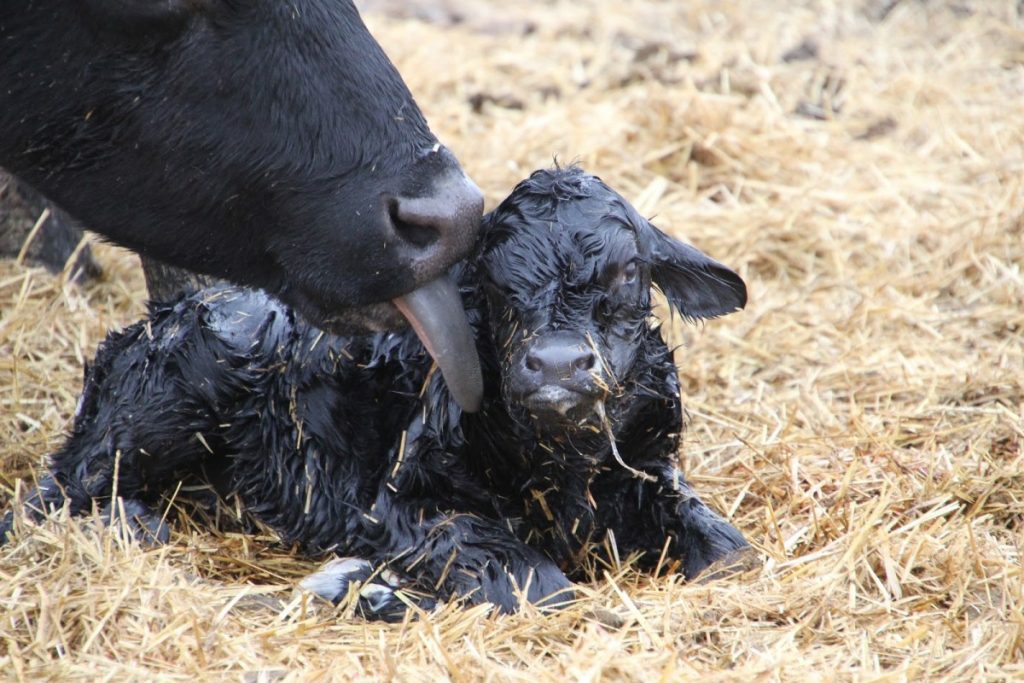
Weekly, Oklahoma State University Extension Beef Cattle Nutrition Specialist Paul Beck offers his expertise on the beef cattle industry. This is a part of the weekly series known as the “Cow-Calf Corner.” Today, he talks about implanting before weaning.
Implanting preweaning is one of the most cost-effective ways to increase production for the cow calf producer. The timing of preweaning implants is typically when the calves are between two months and four months of age when cows are getting prepared for breeding and the move to summer grazing. Research shows that implants given during the suckling phase will increase average daily gain of steer calves by approximately 0.10 pound per day. The increase in gains by implanting heifers is slightly better at 0.12 pounds per day. Implanting heifer calves at birth decreases pregnancy rate of replacement heifers by 30 to 50%, but implanting heifers between 1 and 3 months of age does not affect pregnancy rate later in life.
An analysis of calf sales through the Superior Livestock Auction by Kansas State University and Merck Animal Health looked at traits of load lots of calves that had impacted sales price. This analysis included 15,287 lots with over 2.5 million calves. One practice that did not affect sale price was implanting. In this analysis, there was no discount for implanted calves. The 10 to 20-pound increase in sale weight from implanting preweaning with a value of $27 to 55 per head is being left on the table, which is the equivalent of a $5 to 10 per hundred discounts for the calves sold. The Oklahoma cow-calf survey indicated only 20% of producers implant calves preweaning.
Many producers follow the practice of leaving bull calves intact until weaning rather than castrating them at an early age. Jokingly known as the “Oklahoma Implant” in other beef producing areas, the idea is that natural hormones produced in the testicles increases ADG and weaning weight of the calves. Numerous research trials have shown that implanted steer calves gain weight faster and wean heavier than bull calves. This is because bull calves have very little testosterone production until they reach puberty at a much later age than normal weaning.
The stress of castration at weaning reduces post-weaning gain potential and the calf’s ability to withstand diseases typically associated with weaning and marketing. This difference in post-weaning performance of bulls versus steers is recognized by cattle buyers, as indicated by the $12 to $15 per hundred premiums for steers over intact bull calves. Producers wanting to maximize the value of male calves at weaning should consider early castration at birth or at two months to four months of age and use an implant approved for nursing calves.
Implanting your calves before weaning is cost effective and will increase weaning weights of both steers and heifers with very little impact on reproduction rates of replacement heifers. There are several products labeled for use in pre-weaned calves, using the right product at the right time can provide returns of $25 to 50 for each dollar invested in implants, this will help pay for increases in production costs we have been dealing with over the past few years.
The video below rom the Oklahoma Quality Beef Assurance by David Lalman and Paul Beck shows the proper placement and use of implants and ear tags:















